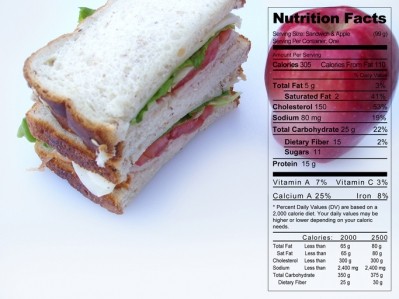GNT showcases rainbow of natural food-dye possibilities at IFT FIRST 2024

GNT offers more than 400 individual plant-based ingredients through its EXBERRY line, which can be used in a range of applications. This year, GNT expanded its EXBERRY line in the EU with Autumn Brown and Golden Brown, which impart a reddish-brown and caramel color, respectively, to applications.
At its IFT booth (Booth #1680), GNT will showcase its various colors through a build-your-own snack bar, which will allow attendees to pair a snack format, including chips, cookie bits and mochi bits, with various globally inspired flavor mixes, which are created using GNT’s EXBERRY ingredients.
Flavor mixes include an African snack seasoning mix, yuzu and aji amarillo (a Peruvian chili pepper) and charred scallion, Lee said.
“Color enhances visual appeal in food and drink, but it can offer so much more than that. Storytelling through color allows brands to instantly connect with their target consumers on a subconscious level. We are excited to share how EXBERRY can help brands tap into consumer desires for optimal health, sustainability and culinary creativity,” Lee shared in a press release.
Reformulating products without synthetic colors requires 'a lot of nuance’
Amid the rise of regulations and legislation proposing to ban certain food additives in California, Pennsylvania and other states, CPG brands are assessing the possibility of needing to replace synthetic food dyes, including Red Dye No. 3, with natural alternatives.
Additionally, how some of the legislation are written, including California’s proposed ban on specific food dyes in schools, might require further clarification to assess reformulation needs, Lee said. For instance, the language in California’s proposed ban on food dyes in schools is unclear if someone bringing in Halloween candy with the banned ingredients would violate the law, she noted.
When it comes to reformulating, CPG brands need to carefully consider all the ways changing a food dye can impact a specific product, including how the color functions in the product and if a change in color will impact the overall experience for the consumer.
"Some companies will have already been using both artificial and natural colors, and people understand that one of the challenges ... is it is not a one-to-one [replacement]. It can depend on the application [and] the color that you are looking for, so there is a lot of nuance," Lee said.
Understanding how colors relate to consumer emotions
While behind taste and texture, color is crucial in conveying aspects and expectations of various products, Lee explained.
Earlier this year, GNT released a report titled “Regeneration Rising,” which outlined current color trends and how consumers are seeking earthy shades of red-brown and warm orange in organic and premium products and velvety to muted yellows, greens, blues, peaches and pinks in what it calls Elevated Earth and Wholesome Nostalgic, respectively.
“We know, as food scientists and people in the food industry, how important the visual is. It gives us cues as to what to expect. You have certain expectations for a strawberry flavor yogurt or beverage, for instance, and it is important to pay attention to that, but colors can be more than that,” Lee said.


















